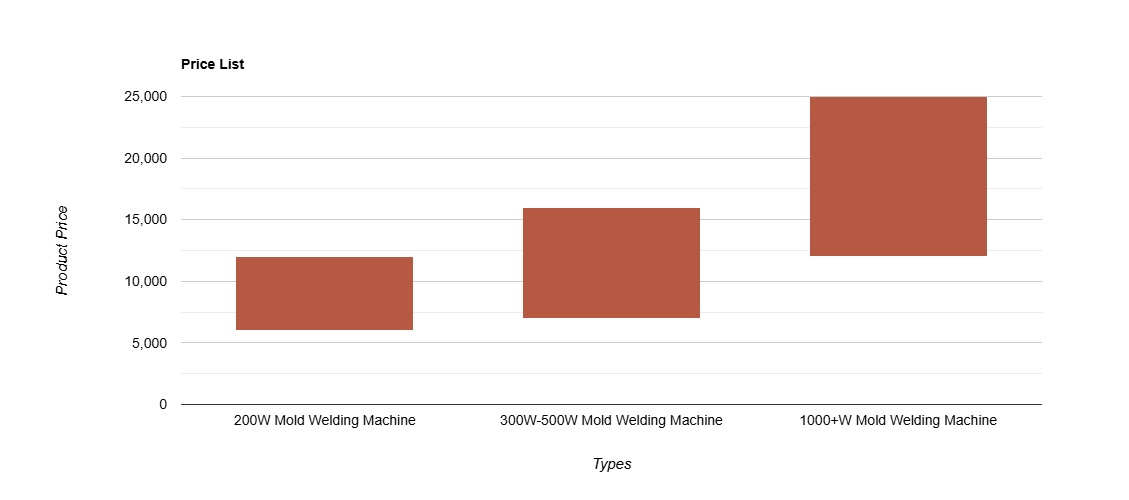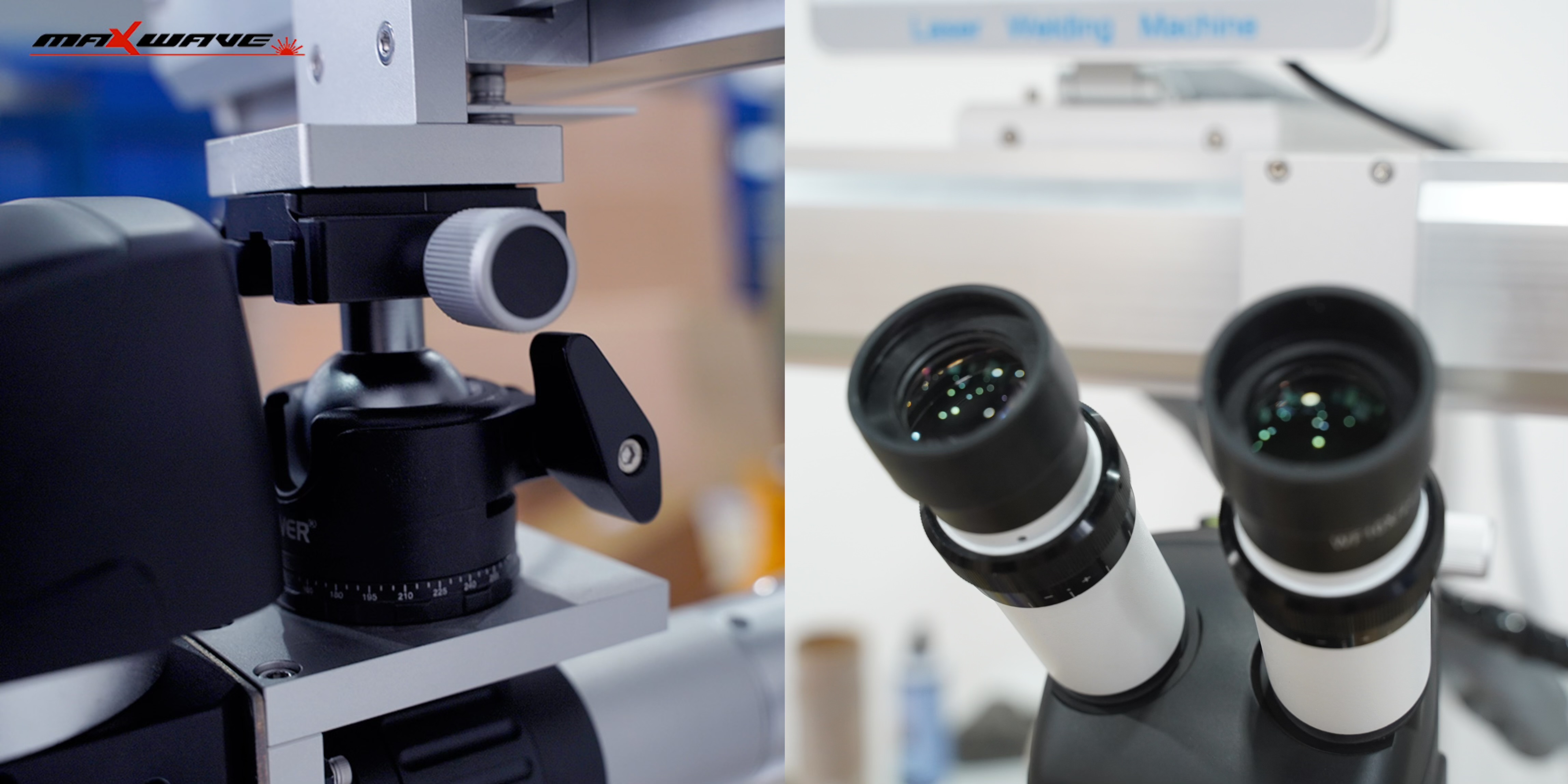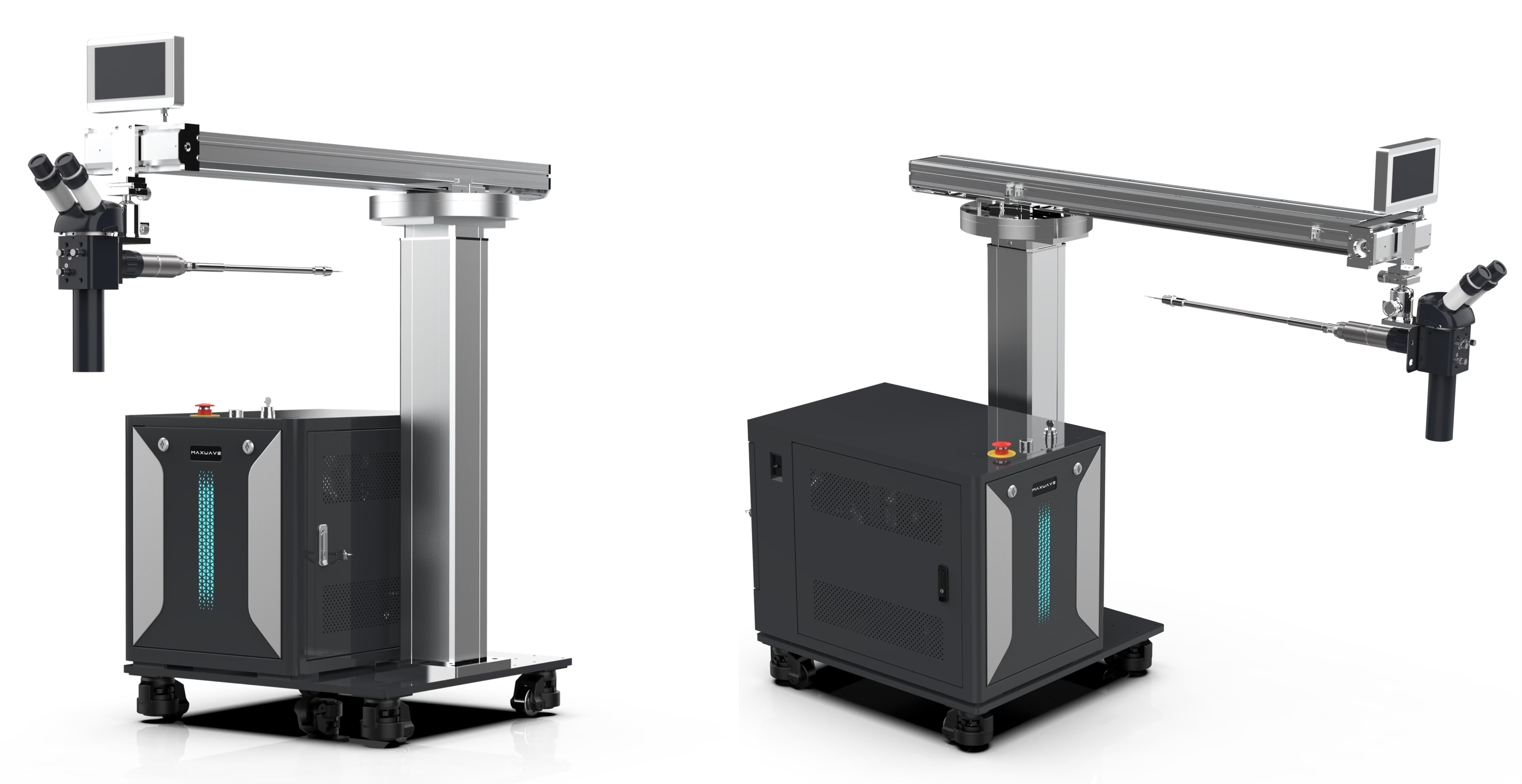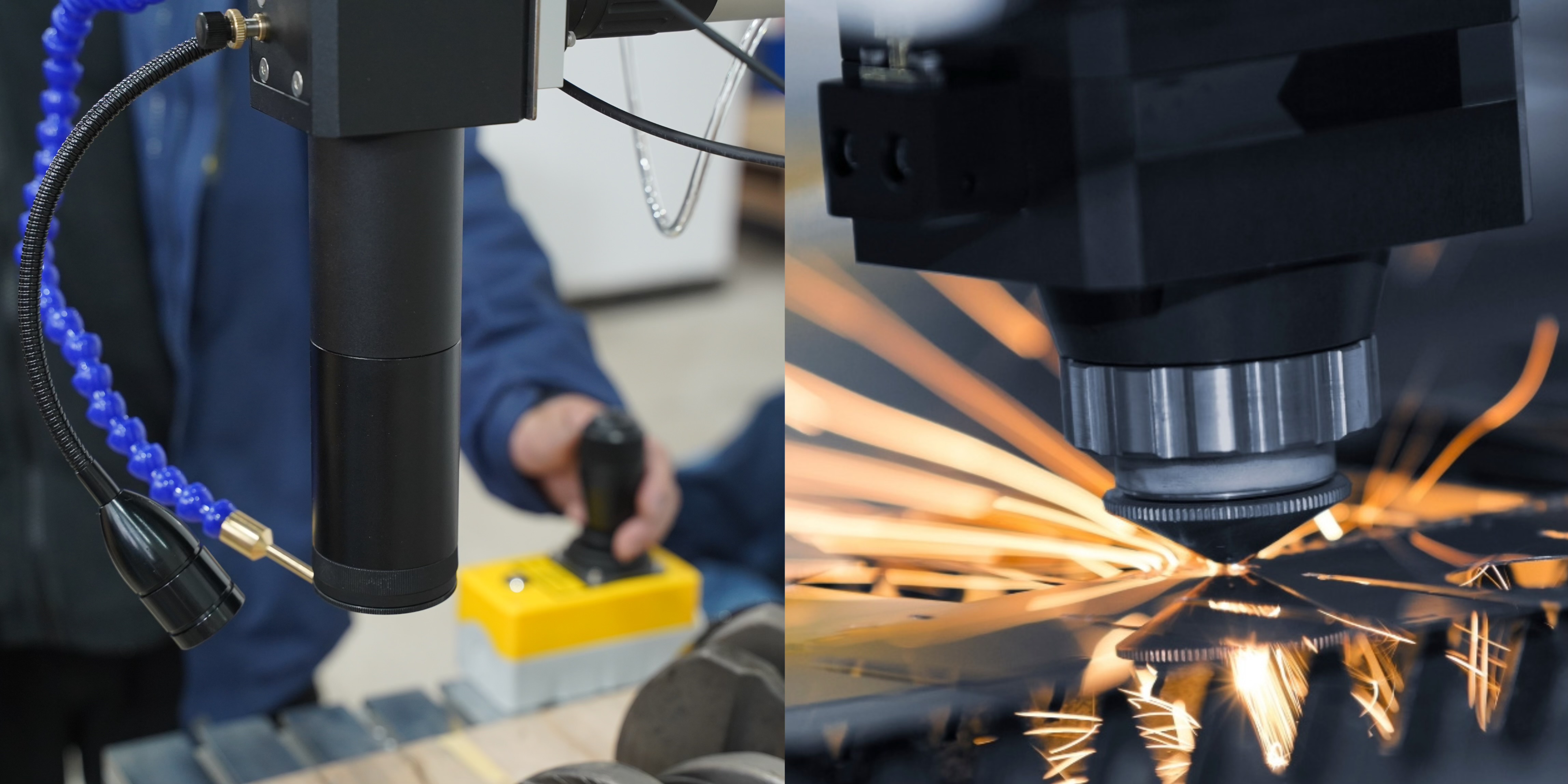If you’re in the mold repair industry, you know how crucial precision and durability are. But when it comes to investing in a welding machine for mold repair, one of the biggest questions is: How much does it cost? The answer isn’t as straightforward as you might think! Prices vary widely based on power, features, and automation levels.
In this article, we’ll break down the key factors that influence the price and help you determine the best investment for your needs—whether you’re a small repair shop or a large-scale manufacturer.
Cost Range of Welding Machines for Mold Repair
The price of welding machines for mold repair varies based on the machine type, power output, and extra features. Prices range from $6,000 to $25,000+, changing based on what you need.
Factors Affecting Price of Mold Welding Machine
Several factors, including power output, features, and accessories, affect the price of a welding machine for mold repair. Understanding these elements helps you make an informed decision based on your needs and budget. Let’s explore them in detail.
Power Output
The price of laser equipment is closely related to its power output. Higher power means better performance, broader applications, and a higher cost. For example, 300W-500W machines are more expensive than 200W models but offer faster processing speeds, deeper engraving or cutting capabilities, and compatibility with more materials. For users seeking high efficiency and precision, investing in a higher-power machine can significantly boost productivity and returns.
Features and Capabilities
Extra features like 3D motion control, automatic focus, CCD systems or rotary tables add value but cost more. Machines with these features serve special needs and cost more as a result.
Brand and Quality
Well-known laser brands come at a higher price but offer superior quality and reliability. They use high-quality components for better stability and longevity. Additionally, these brands provide comprehensive technical support and after-sales service, reducing maintenance costs and improving efficiency in the long run, making them a cost-effective choice.
Total Cost with Accessories
The total cost of laser equipment depends not only on the main unit but also on additional accessories. Items like microscopes, rotary tables, gas systems, and cooling units enhance precision and usability but also increase the overall investment. Therefore, balancing performance needs with budget considerations is essential.
Customization
Customized laser welding machines typically cost more than standard models due to specialized design, automation, software optimization, and additional testing. While the initial investment is higher, customization enhances efficiency and ensures better performance for specific applications. For example, MaxWave mold welding machines offer customizable appearances, allowing businesses to align the design with their brand identity and unique preferences.
Training
Some manufacturers include training fees in the equipment price, while others charge extra. MaxWave welding machines for mold repair offer free comprehensive training and provide 24/7 online technical support, ensuring customers receive assistance anytime to enhance operational efficiency.
Popular Mold Welding Machine Models and Prices
Choosing a laser welding machine, it’s important to consider both the model and its price range. Below are some popular models and their respective prices to help guide your decision-making process.
YAG Laser Welding Machines
- 200W model: $8,000 – $19,500
- 300W model: $12,000 – $25,000
- 400W model: $15,000 – $30,000
Fiber Laser Welding Machines
- 1000W portable model: $4,545 – $7,800
- 1500W model: $6,000 – $10,000
- 2000W model: $8,000 – $15,000
Examples of Specific Models
- MaxWave QCW200 Laser Welder: $11,000
- Sunstone PA250i Micro TIG Welder: $16,300
- Orion Combo 200 Open Laser Welder: $35,000
Cost-Saving Factors for Mold Welding Machines
I’ve found some practical money-saving tips when buying a welding machine for mold repair. Based on my experience, these tips can help you save money while setting up your workshop. I saved a lot on costs while still improving my repair skills. Here are some useful tips I’ve learned from working in this field:
Use Automated Welding Systems
Automated welding systems significantly save labor costs by reducing manual intervention and streamlining repetitive tasks. They improve production efficiency, minimize human error and quality fluctuations, ultimately lowering overall operational costs and providing higher cost-effectiveness for businesses.
Regular Maintenance
Regular maintenance helps save costs by detecting issues early and preventing expensive repairs. It reduces downtime and part replacement costs, extending equipment lifespan and improving overall cost-effectiveness.
Optimize Consumable Usage
Optimizing consumable usage through proper storage and quality parts reduces waste and increases efficiency. Quality parts extend equipment lifespan and reduce replacement frequency, ultimately lowering maintenance and operational costs.
Shielding Gas Efficiency
Using a low-flow gas system (e.g., 35-40 CFH) reduces gas consumption while maintaining welding quality, significantly lowering gas and operational costs and improving overall cost-effectiveness.
By using these money-saving tips, I believe you’ll get the most value from your welding setup while still getting great mold repair results.
Additional Mold Repair Welding Machine Costs
As I map out my budget for a mold repair welding machine, I always dig deeper than the sticker price. My experience shows that extra costs pile up fast, turning what you thought you’d spend into a much bigger sum. I’ve had that sinking feeling after seeing my estimates fall short. I suggest planning for these hidden costs that will affect your bottom line.
Consumables
The ongoing expenses for welding wire, shielding gas, and electrodes vary based on usage frequency and welding requirements. On average, these consumables cost $100 to $500 per month. High-intensity operations or precision welding may increase consumption and overall costs. Optimizing usage, such as selecting high-quality wire and adjusting gas flow, can help reduce long-term expenses and improve ROI.
Power Requirements
Upgrading the electrical system to meet the power demands of a mold repair welding machine may incur additional costs. Depending on the required voltage, amperage, and wiring modifications, expenses can range from $500 to $2,000. Facilities with outdated electrical infrastructure or higher-power welding machines may require more extensive upgrades. Proper planning ensures safe operation, energy efficiency, and long-term cost savings.
Maintenance
Annual maintenance typically costs 5% to 10% of the machine’s purchase price, covering inspections, parts replacement, and software updates. Regular upkeep reduces downtime, prevents costly repairs, and extends the machine’s lifespan, ensuring long-term efficiency and reliability.
Essential Welding Accessories
Essential accessories like welding tables, clamps, and fixtures improve precision and efficiency in mold repair welding. Depending on quality and customization, budgeting $500 to $2,000 for these accessories ensures stable workpieces, enhanced safety, and better welding results. Investing in durable, high-quality fixtures can also reduce errors and rework, ultimately saving time and costs.
Mold Repair Welding Machine ROI Factors
The cost of a laser mold welding machine typically ranges from 10,000 to 50,000 RMB, and due to the relatively low initial investment, the ROI period can be significantly shortened. For example, if the equipment costs 30,000 RMB, laser welding is 3 to 5 times faster than traditional methods, while saving 30% to 50% on welding materials and 20% to 40% on labor costs. With monthly savings of 5,000 to 8,000 RMB in labor and consumables, the ROI period can be reduced to 4 to 8 months.
Over the long term, the laser welding process can extend the mold lifespan by over 30%, reducing the need for new mold purchases. The annualized ROI can reach 150% to 300%, making it particularly suitable for small to medium-sized mold repair needs, offering businesses an efficient and cost-effective return on investment.
Summary
Choosing the right mold repair welding machine isn’t just about the price—it’s about getting the best value for your investment. A well-chosen machine can cut labor costs, improve efficiency, and extend mold lifespan, leading to higher long-term profits. Now that you understand the pricing factors, it’s time to assess your needs and find the machine that fits your budget and production goals. Want expert guidance? Reach out today and let’s help you make the best choice for your business!






Recent Comments